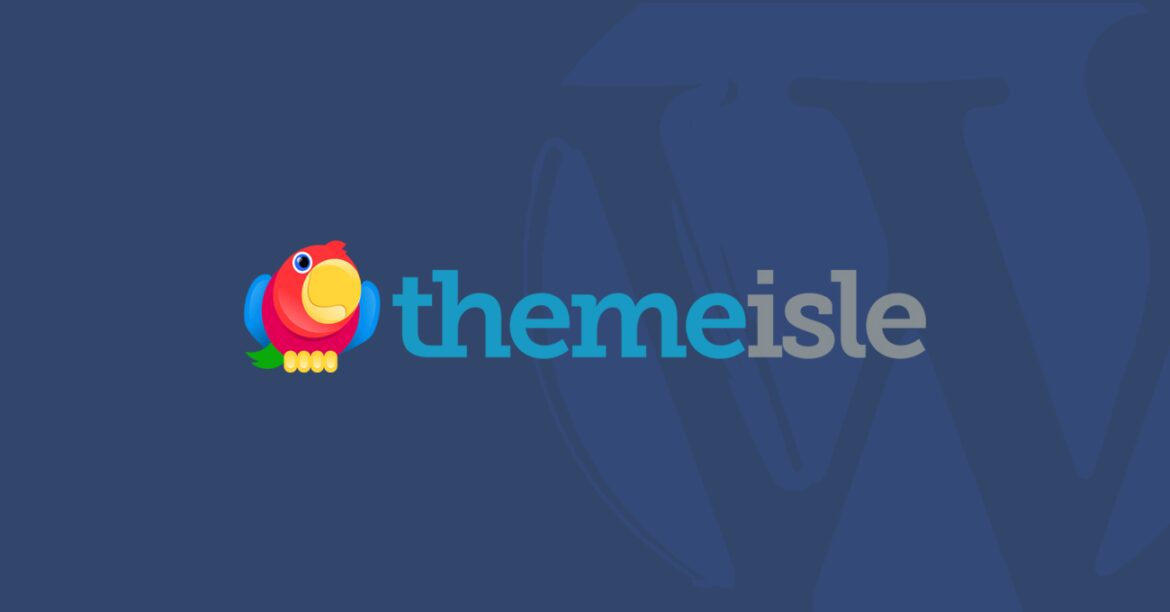You might have encountered the abbreviation OS when learning about computer basics. These letters stand for operating system. What is an operating system? Simply put, an operating system serves as the software that runs a computer, managing its resources, software, and hardware.
A computer’s OS acts as an interface between the user and the computer’s intricate machinery. It enables seamless interaction without needing to comprehend the computer’s language. In this article, we will provide a closer look at this key software that essentially runs your entire IT operations.
Understanding OS: What is an operating system?
In essence, an operating system is the backbone of a computer, orchestrating its memory, processes, and software-hardware interactions.
The OS is responsible for coordinating various programs running simultaneously, ensuring each program accesses the CPU, memory, and storage efficiently. Think of it as the conductor of a symphony, harmonizing the different elements to create a cohesive performance.
Functions of an OS
An operating system’s functions are diverse and foundational to the seamless functioning of a computer:
- Resource management: An OS efficiently allocates and manages the computer’s resources – memory, CPU, and storage – ensuring each program gets what it needs without conflict, optimizing overall performance.
- Process management: Like a skilled multitasker, the OS initiates, halts, and manages processes, juggling multiple tasks concurrently, allocating resources, and ensuring smooth execution.
- Security oversight: Beyond operations, the OS establishes security protocols, controlling access, implementing encryption, and providing authentication mechanisms to protect against threats and unauthorized access.
- File and device management: The OS organizes the file system and manages external devices, facilitating file manipulation and ensuring seamless interaction with peripherals like printers and keyboards.
- User interface provision: Serving as the user’s gateway, the OS presents the interface – whether graphical or command-based – enabling easy navigation and interaction with applications.
Consumer computers vs web servers
It’s important to note the distinction between OS types. The OS you encounter on your personal computer, like Windows, macOS, or Linux, differs significantly from those powering web servers.
A consumer-oriented OS prioritizes user interaction, offering a graphical interface for seamless navigation.
In contrast, a server OS, like Linux distributions or Windows Server, focuses on robustness, stability, and handling network requests efficiently. Learn more here.
Types of operating systems
There are several operating systems, each tailored for specific purposes. Among the myriad of OS options, three dominate the landscape:
- Windows: Renowned for its user-friendly interface and extensive software compatibility, Windows remains a popular choice for personal and business use. Windows’ familiarity and widespread adoption make it a staple in the computing world.
- macOS: Crafted by Apple, macOS offers a unique ecosystem, integrating seamlessly with Apple’s hardware. The sleek design and robust performance appeal to creatives and professionals seeking a streamlined user experience.
- Linux: As an open-source gem, Linux boasts a multitude of distributions catering to diverse needs, though its strength lies in customization, security, and stability. Although less mainstream for personal use, Linux is the go-to for server environments due to its reliability and versatility.
Understanding the nuances between these operating systems empowers users to make informed choices based on their preferences, needs, and the nature of their computing endeavors.
Summing it up
To summarize what is an operating system, know that it is the cornerstone of computer functionality. An OS manages resources, software, and hardware interactions.
Understanding the nuances of various OS types, from Windows to macOS and Linux, empowers users to select the most suitable system based on their preferences and computing needs. Whether for personal use or server management, comprehending the role and diversity of operating systems is key to navigating the digital landscape effectively.


